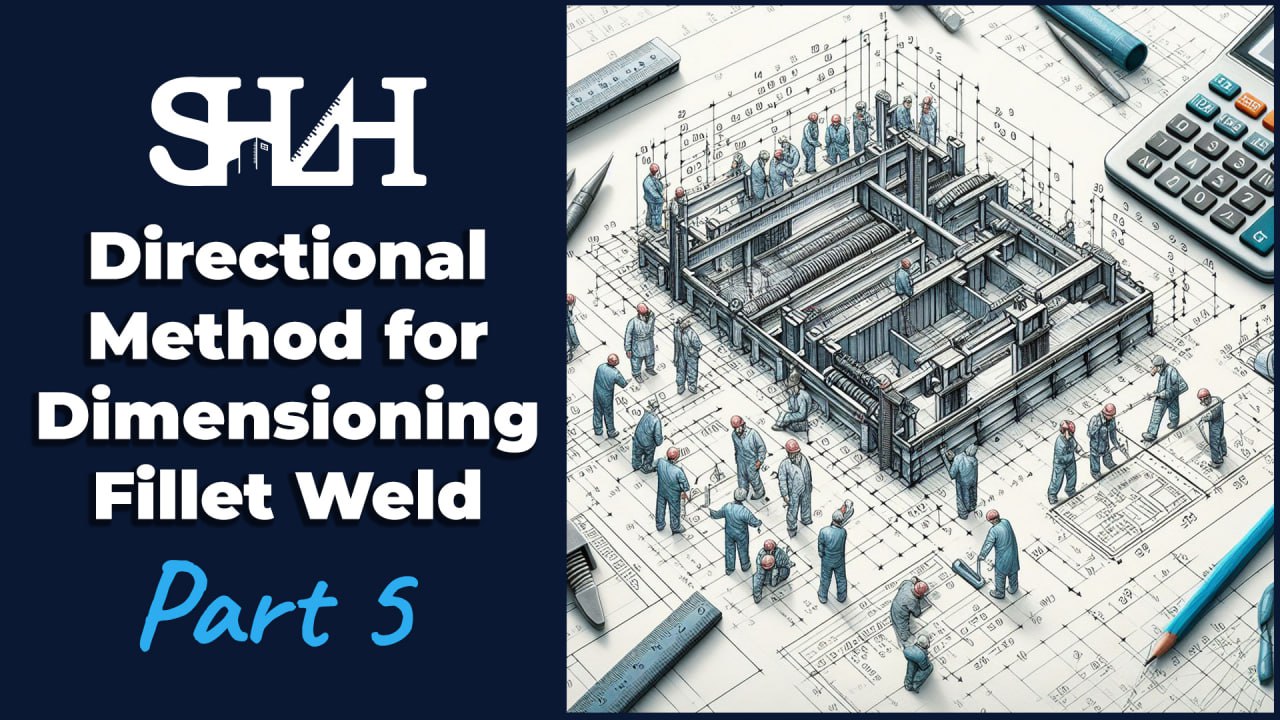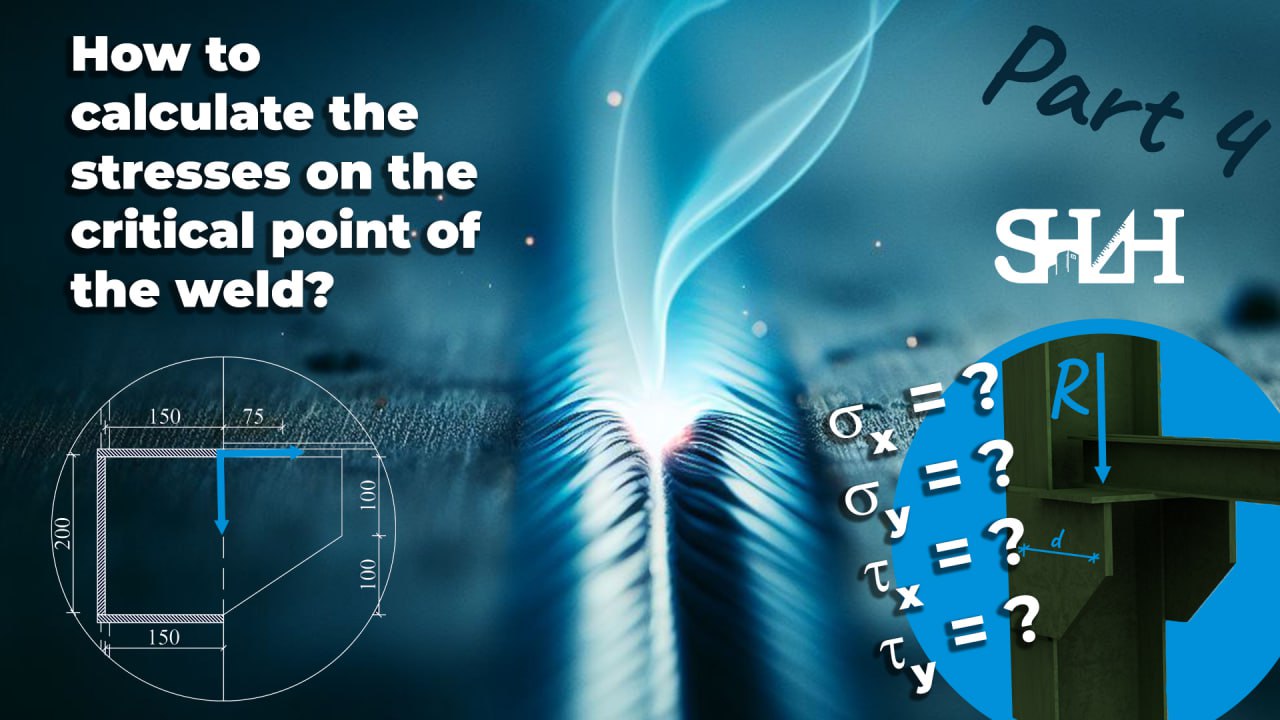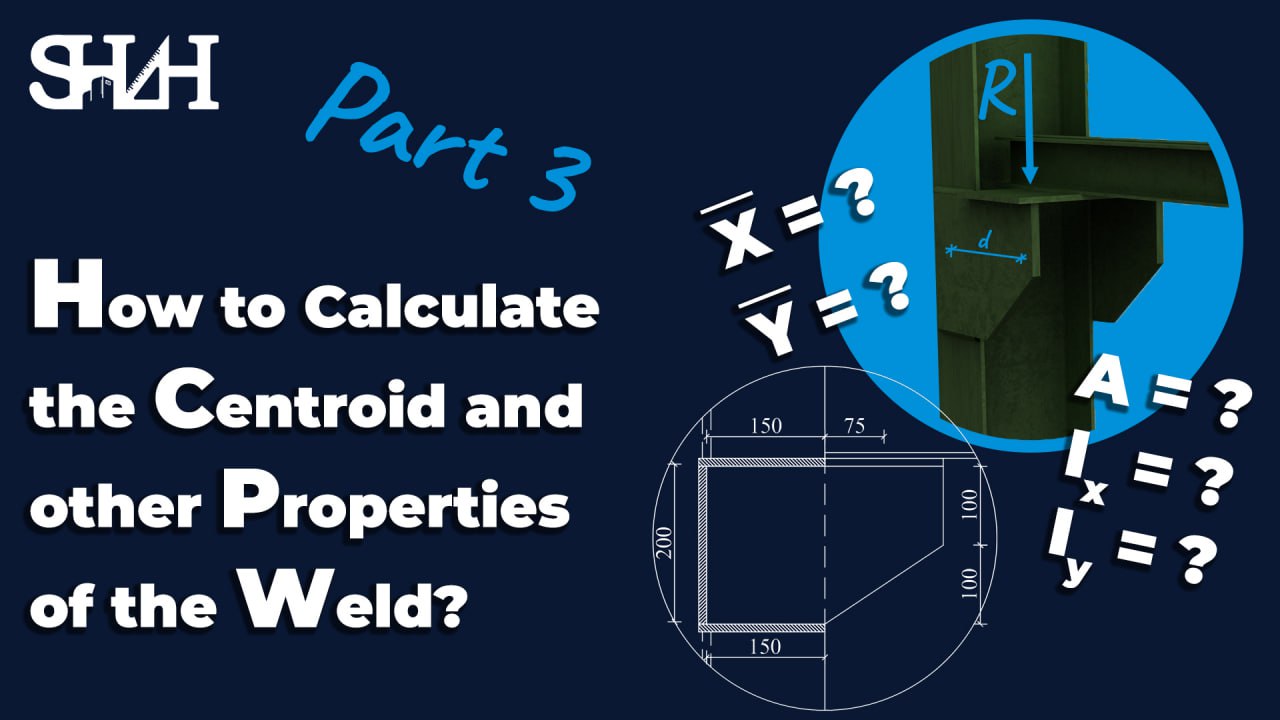015 Plate Buckling Effect Of Stiffeners Part1
-
 Category: Stability of Structures
Category: Stability of Structures
-
 Release Date: 13/04/2023
Release Date: 13/04/2023
A plate with a thickness of 𝑡, length of 𝐿, and height of 𝐻 is supported by three edges. The supports are assumed to be linear hinges. The plate is under a compressive linear load on its edges in the x direction, as shown in the figure.
- Consider the plate is not stiffened and determine the critical buckling load 𝑁𝑐𝑟.𝑥.
- Assume there are 𝑛 plates as stiffeners on both sides of the plate with the same plate thickness and width of b on each side extended in the x direction and discrete equal spacing in the y direction. Determine the buckling load 𝑁𝑐𝑟.𝑥 with 𝑛 interval stiffeners.
After the parametric solution:
Assume the length and height of the plate are 5m and 3m, respectively. If the material is steel with a modulus of elasticity of 𝐸=210𝐺𝑃𝑎 and the Poisson ratio of 𝑣=0.3 by a thickness of 5mm plate:
- What would be the critical buckling load of the plate without any stiffeners?
- What is the critical buckling load if two stiffeners are used in two rows with the same thickness and 50mm width on each side? Assume the plate is under a compression force 𝑁𝑥=5𝑘𝑁/𝑚. If the buckling capacity of the plate is expected to be ten times greater than the applied load:
- Determine the required plate thickness without any stiffener.
- Determine the required plate thickness using two rows of stiffeners with 50mm width on each side.
Link to the description and detailed solution notes: Download




